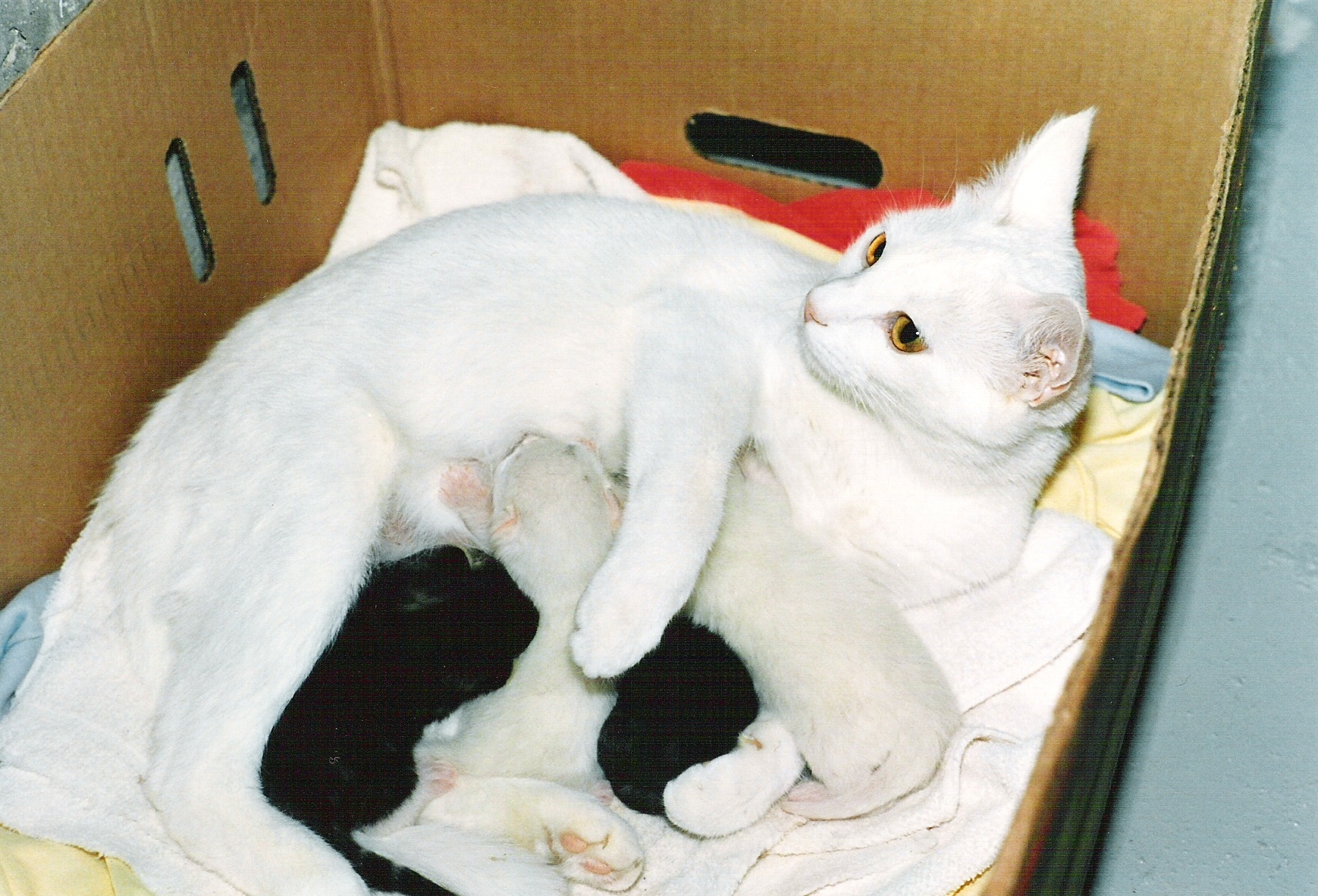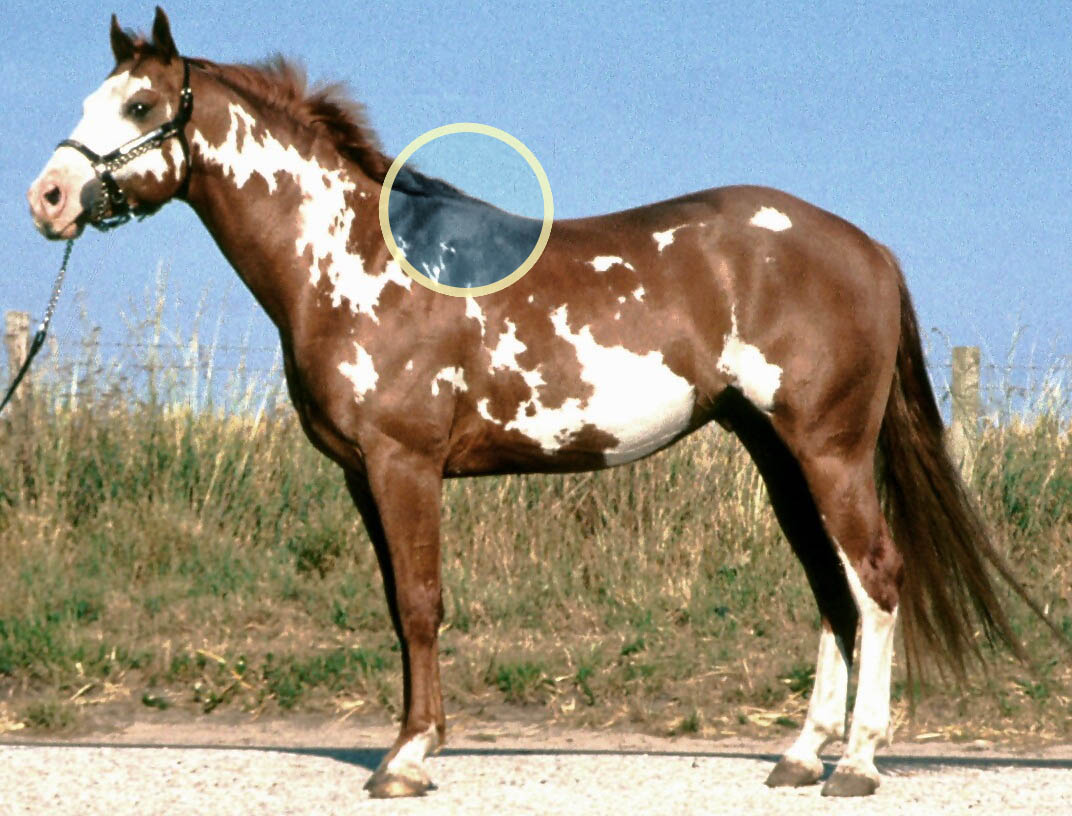|
Armorican (cattle)
The or Armorican is an endangered French breed of domestic cattle. It originated in Brittany in the nineteenth century. It has a red coat with white markings, and has short horns. History The Armoricaine was created in the nineteenth century by cross-breeding animals of the local Froment du Léon and the now-extinct Pie Rouge de Carhaix breeds with imported Durham (now known as Shorthorn) stock from the United Kingdom. A herd-book was started in 1919, and the Armoricaine breed name came into use in 1923. The Armoricaine was used, with Meuse-Rhine-Issel and Rotbunt stock, in the creation of the Pie Rouge des Plaines dairy breed of cattle in the 1960s. In the later twentieth century it became rare; by 1978 there were no more than forty cows remaining. Following the discovery of a reserve of frozen semen in the 1980s, a programme of recovery was launched. In 2001 there were 61 cows registered, and 10 bulls; semen from 18 bulls was preserved and available for artificial inse ... [...More Info...] [...Related Items...] OR: [Wikipedia] [Google] [Baidu] |
Brittany
Brittany (; french: link=no, Bretagne ; br, Breizh, or ; Gallo language, Gallo: ''Bertaèyn'' ) is a peninsula, Historical region, historical country and cultural area in the west of modern France, covering the western part of what was known as Armorica during the period of Roman occupation. It became an Kingdom of Brittany, independent kingdom and then a Duchy of Brittany, duchy before being Union of Brittany and France, united with the Kingdom of France in 1532 as a provinces of France, province governed as a separate nation under the crown. Brittany has also been referred to as Little Britain (as opposed to Great Britain, with which it shares an etymology). It is bordered by the English Channel to the north, Normandy to the northeast, eastern Pays de la Loire to the southeast, the Bay of Biscay to the south, and the Celtic Sea and the Atlantic Ocean to the west. Its land area is 34,023 km2 . Brittany is the site of some of the world's oldest standing architecture, ho ... [...More Info...] [...Related Items...] OR: [Wikipedia] [Google] [Baidu] |
Meuse-Rhine-Issel
The Meuse-Rhine-Issel or Meuse-Rhine-Yssel ( nl, Maas-Rijn-IJssel, italic=no) is a Dutch breed of dual-purpose cattle, reared both for meat and for milk. It falls within the Lowland-Pied group of North European cattle; it is red-pied, and of medium-large size. History The Meuse-Rhine-Issel developed principally in two areas of Holland: the eastern part of the province of Noord-Brabant in the southern part of the country, where the rivers Meuse and Rhine flow; and the area of the river IJssel in the east, mainly in Salland and Twente in the province of Overijssel, but extending southwards into the Achterhoek of Gelderland and northwards into the province of Drenthe. It is named for the three rivers. It was registered in the herd-book of the from 1874; it was recognised as a breed in 1905, and a separate herd-book was started. Numbers are in steep decline: in the 1970s there were more than half a million of the cattle, representing approximately a quarter of the total num ... [...More Info...] [...Related Items...] OR: [Wikipedia] [Google] [Baidu] |
Lactation
Lactation describes the secretion of milk from the mammary glands and the period of time that a mother lactates to feed her young. The process naturally occurs with all sexually mature female mammals, although it may predate mammals. The process of feeding milk in all animals (including humans) is called ''nursing'', and in humans it is also called ''breastfeeding''. Newborn infants often produce some milk from their own breast tissue, known colloquially as witch's milk. In most species, lactation is a sign that the female has been pregnant at some point in her life, although it can happen without pregnancy. Nearly every species of mammal has nipples; except for monotremes, egg-laying mammals, which instead release milk through ducts in the abdomen. In only one species of mammal, the Dayak fruit bat from Southeast Asia, is milk production a normal male function. ''Galactopoiesis'' is the maintenance of milk production. This stage requires prolactin. Oxytocin is critical for t ... [...More Info...] [...Related Items...] OR: [Wikipedia] [Google] [Baidu] |
Withers
The withers is the ridge between the shoulder blades of an animal, typically a quadruped. In many species, it is the tallest point of the body. In horses and dogs, it is the standard place to measure the animal's height. In contrast, cattle are often measured to the top of the hips. The term (pronounced ) derives from Old English ''wither'' (“against”), because it is the part of a draft animal that pushes against a load. Horses The withers in horses are formed by the dorsal spinal processes of roughly the 3rd through 11th thoracic vertebrae, which are unusually long in this area. Most horses have 18 thoracic vertebrae. The processes at the withers can be more than long. Since they do not move relative to the ground as the horse's head does, the withers are used as the measuring point for the height of a horse. Horses are sometimes measured in hands – one hand is . Horse heights are extremely variable, from small pony breeds to large draft breeds. The height at the ... [...More Info...] [...Related Items...] OR: [Wikipedia] [Google] [Baidu] |
Artificial Insemination
Artificial insemination is the deliberate introduction of sperm into a female's cervix or uterine cavity for the purpose of achieving a pregnancy through in vivo fertilization by means other than sexual intercourse. It is a fertility treatment for humans, and is common practice in animal breeding, including dairy cattle (see Frozen bovine semen) and pigs. Artificial insemination may employ assisted reproductive technology, sperm donation and animal husbandry techniques. Artificial insemination techniques available include intracervical insemination (ICI) and intrauterine insemination (IUI). Humans History The first recorded case of artificial insemination was John Hunter in 1790, who helped impregnate a linen draper's wife. The first reported case of artificial insemination by donor occurred in 1884: William H. Pancoast, a professor in Philadelphia, took sperm from his "best looking" student to inseminate an anesthetized woman without her knowledge. The case was reporte ... [...More Info...] [...Related Items...] OR: [Wikipedia] [Google] [Baidu] |
Dairy Breed
Dairy cattle (also called dairy cows) are cattle bred for the ability to produce large quantities of milk, from which dairy products are made. Dairy cattle generally are of the species '' Bos taurus''. Historically, little distinction was made between dairy cattle and beef cattle, with the same stock often being used for both meat and milk production. Today, the bovine industry is more specialized and most dairy cattle have been bred to produce large volumes of milk. Management Dairy cows may be found either in herds or dairy farms, where dairy farmers own, manage, care for, and collect milk from them, or on commercial farms. Herd sizes vary around the world depending on landholding culture and social structure. The United States has an estimated 9 million cows in around 75,000 dairy herds, with an average herd size of 120 cows. The number of small herds is falling rapidly with the 3,100 herds with over 500 cows producing 51% of U.S. milk in 2007. The United Kingdo ... [...More Info...] [...Related Items...] OR: [Wikipedia] [Google] [Baidu] |
Pie Rouge Des Plaines
The Pie Rouge des Plaines is a modern French breed of dairy cattle. It was created in about 1970 by cross-breeding the traditional Armorican cattle of Brittany, in north-western France, with red-pied cattle of the Dutch Meuse-Rhine-Yssel and German Deutsche Rotbunte breeds. History The Pie Rouge des Plaines is a modern breed. In 1970, farmers raising the traditional red-pied Armorican cattle in the three western départements of Brittany – Côtes-d'Armor, Finistère and the Morbihan – took the decision to merge their breed with red-pied cattle of Germany and the Netherlands, through a programme of extensive cross-breeding with German Rotbunt and Dutch Meuse-Rhine-Yssel stock, to create a new dairy breed with good meat-producing qualities. A breeders' association, the Eleveurs de la Race Française Pie Rouge des Plaines, was formed, and a herd-book was opened for the new breed in 1970 or 1971. From 1982 an attempt was made to increase size and udder quali ... [...More Info...] [...Related Items...] OR: [Wikipedia] [Google] [Baidu] |
Rotbunt
The German Red Pied (german: Deutsche Rotbunte, italic=no, or ) is a breed of cattle from Germany. The development of the breed occurred in several regions in Germany during the 19th century, and in 1934 Meuse-Rhine-Issel blood was introduced. The females average in height and weigh . Bulls average and . References Cattle breeds originating in Germany Animal breeds on the GEH Red List {{Germany-stub ... [...More Info...] [...Related Items...] OR: [Wikipedia] [Google] [Baidu] |
Herd-book
A breed registry, also known as a herdbook, studbook or register, in animal husbandry and the hobby of animal fancy, is an official list of animals within a specific breed whose parents are known. Animals are usually registered by their breeders while they are young. The terms studbook and register are also used to refer to lists of male animals "standing at stud", that is, those animals actively breeding, as opposed to every known specimen of that breed. Such registries usually issue certificates for each recorded animal, called a pedigree, pedigreed animal documentation, or most commonly, an animal's "papers". Registration papers may consist of a simple certificate or a listing of ancestors in the animal's background, sometimes with a chart showing the lineage. Types of registries There are breed registries and breed clubs for several species of animal, such as dogs, horses, cows and cats. The US ''Association of Zoos and Aquariums'' (AZA) also maintains stud books for captive ... [...More Info...] [...Related Items...] OR: [Wikipedia] [Google] [Baidu] |
Shorthorn
The Shorthorn breed of cattle originated in the North East of England in the late eighteenth century. The breed was developed as dual-purpose, suitable for both dairy and beef production; however, certain blood lines within the breed always emphasised one quality or the other. Over time, these different lines diverged, and by the second half of the twentieth century, two separate breeds had developed – the Beef Shorthorn, and the Milking Shorthorn. All Shorthorn cattle are coloured red, white, or roan, although roan cattle are preferred by some, and completely white animals are not common. However, one type of Shorthorn has been bred to be consistently white – the Whitebred Shorthorn, which was developed to cross with black Galloway cattle to produce a popular blue roan crossbreed, the Blue Grey. History The breed developed from Teeswater and Durham cattle found originally in the North East of England. In the late eighteenth century, the Colling brothers, Charles and R ... [...More Info...] [...Related Items...] OR: [Wikipedia] [Google] [Baidu] |
Pie Rouge De Carhaix
A pie is a baked dish which is usually made of a pastry dough casing that contains a filling of various sweet or savoury ingredients. Sweet pies may be filled with fruit (as in an apple pie), nuts ( pecan pie), brown sugar ( sugar pie), sweetened vegetables ( rhubarb pie), or with thicker fillings based on eggs and dairy (as in custard pie and cream pie). Savoury pies may be filled with meat (as in a steak pie or a Jamaican patty), eggs and cheese (quiche) or a mixture of meat and vegetables ( pot pie). Pies are defined by their crusts. A ''filled'' pie (also ''single-crust'' or ''bottom-crust''), has pastry lining the baking dish, and the filling is placed on top of the pastry but left open. A ''top-crust'' pie has the filling in the bottom of the dish and is covered with a pastry or other covering before baking. A ''two-crust'' pie has the filling completely enclosed in the pastry shell. Shortcrust pastry is a typical kind of pastry used for pie crusts, but many thin ... [...More Info...] [...Related Items...] OR: [Wikipedia] [Google] [Baidu] |





_(cropped).jpg)